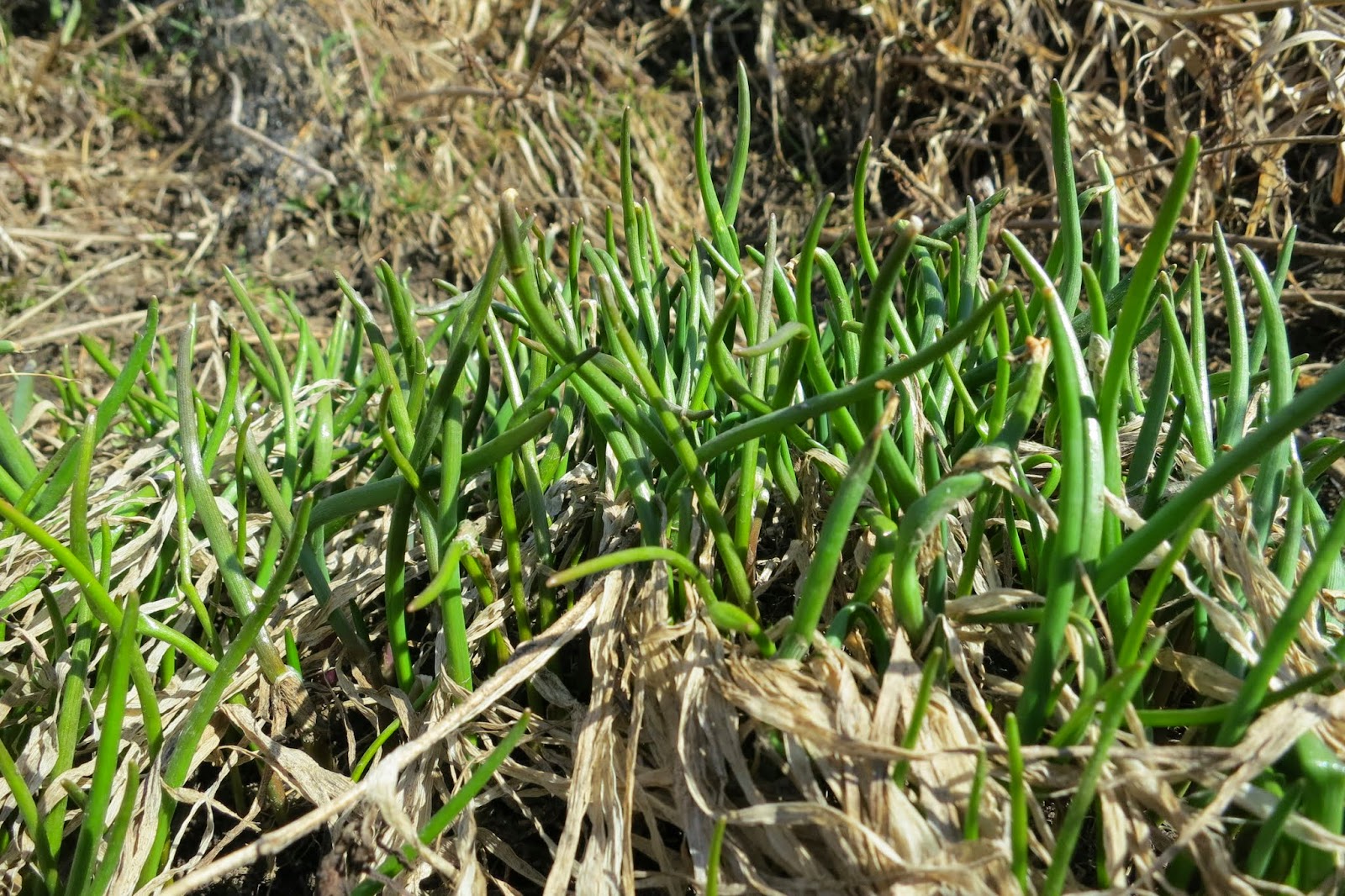Today's Topic: a Nature Walk
Supplies:
magnifying glasses
paper
peeled crayons
zip-top baggies
Book:
What Kids Do: After reading the book, we talked about how scientists look closely at our surroundings in nature to observe details and learn about the natural world. Then, each child got a plastic baggie filled with a few sheets of blank paper and a small magnifying glass and they were asked to choose a peeled crayon from a box of stubs (to make notes, do drawings or make rubbings). I also had a large selection of wildlife guides (trees, insects, birds and animal tracks) for them to choose to take along on the walk if they wanted to.
Then, we all went outside to see what we could see. We saw tree bark:
pinecones
made bark rubbings and tried to identify the type of trees we saw

We talked about evergreen vs. deciduous trees and talked a lot about the different textures we saw in nature:
--rough vs. smooth
--different types of evergreens
--white birch bark
--super soft milkweed
--this very fuzzy leafed plant
--these smooth, dried and twisted roots
--these smooth green plants that smelled onion-y when we picked them:
--This slimy water plant:
--This rough but very sparkly patch of rock:
--this sticky drop of sap on an evergreen;

--We also saw a few ducks!
--The kids collected a number of bits of nature and when we got back to the library, they had tons of fun blowing soft milkweed puffs all over the room!
Adult Challenge of the week: Ask "I wonder" questions
Hindsight Tip: I'd been putting this topic off for the last few years--partially because nature is too unpredictable, and partially because I wasn't sure it would feel "science-y" enough. Would the parents feel like it was a waste of their time to come to the library for a walk outside that they could probably do on their own? [Parents who attended--chime in with your opinions on this in the comments section!] I was personally amazed at the variety of interesting things that the kids discovered out behind the library and found it delightful to realize that even though I might not have a ton of scientific knowledge about pond life (I think those were milkweed? I DO know a Mallard duck when I see one!), I can still talk with the kids about comparing/contrasting and about observing textures and smells and shapes and those are all valid scientific observations and probably more age-appropriate than knowing the scientific name for Mallards.
Variations to try:
Much of this lesson was taken from this book (there are more ideas for this topic that I chose not to use so be sure to see if some of her ideas would work well for your location!):If you'd like to incorporate more of a "treasure hunt" aspect to your nature walk, there are lots of free printable versions online. Here are a few favorites I found:
http://simpleasthatblog.com/2014/07/printable-nature-scavenger-hunt.html
http://www.kokokokids.ru/2012/08/free-download-forest-scavenger-hunt.html
http://playfullearning.net/2013/09/backyard-science-the-colors-of-nature-video-activity-printable/
http://babyccinokids.com/blog/2013/10/18/the-little-things-a-nature-scavenger-hunt/
http://www.imom.com/printable/leaf-identification-game/
Related Apps: Plum's Photo Hunt is a photographic nature scavenger hunt using your smartphone. With open-ended prompts like, "take a picture of shadows" or "find some roots" the game can be played over and over again!


















No comments:
Post a Comment